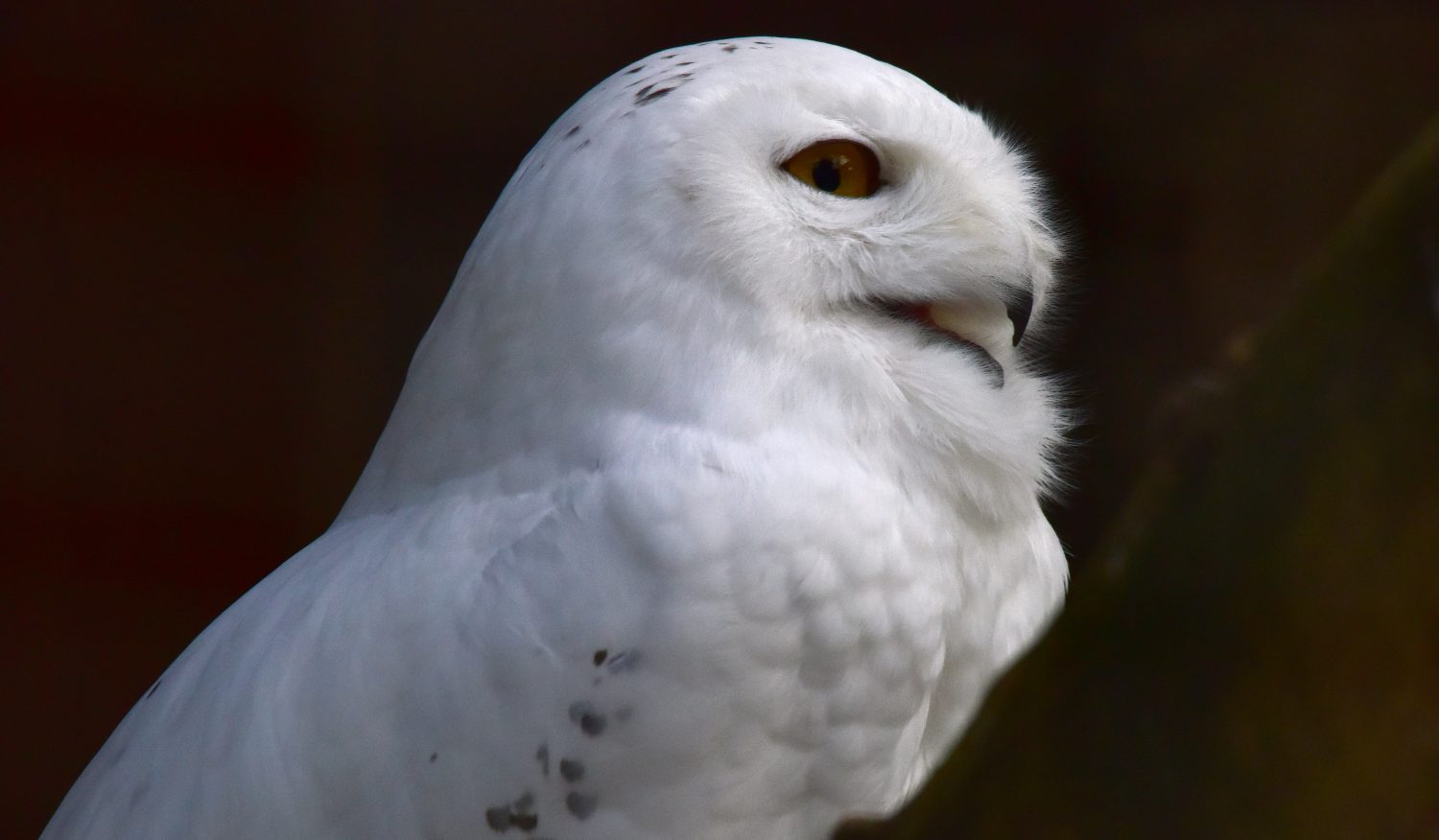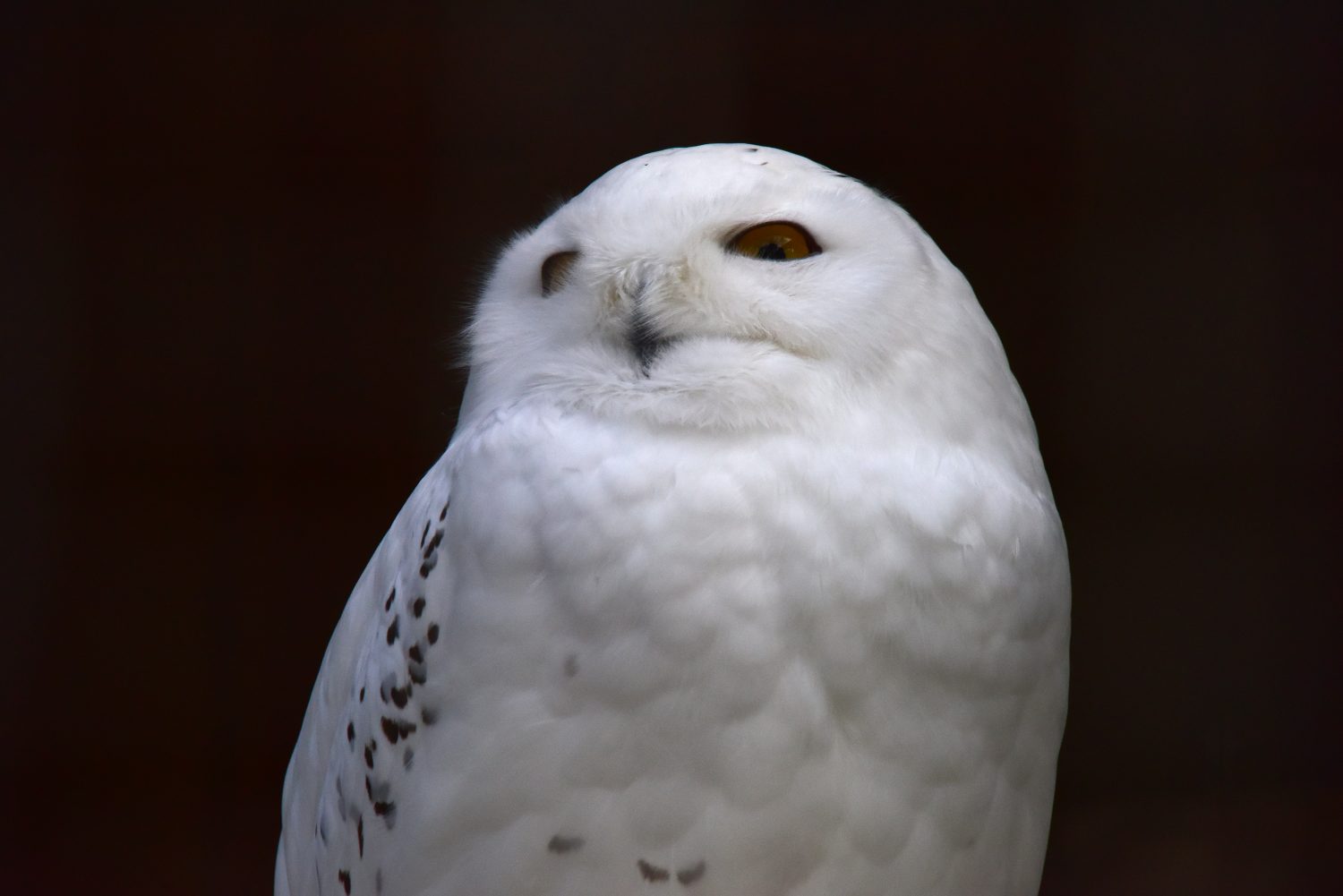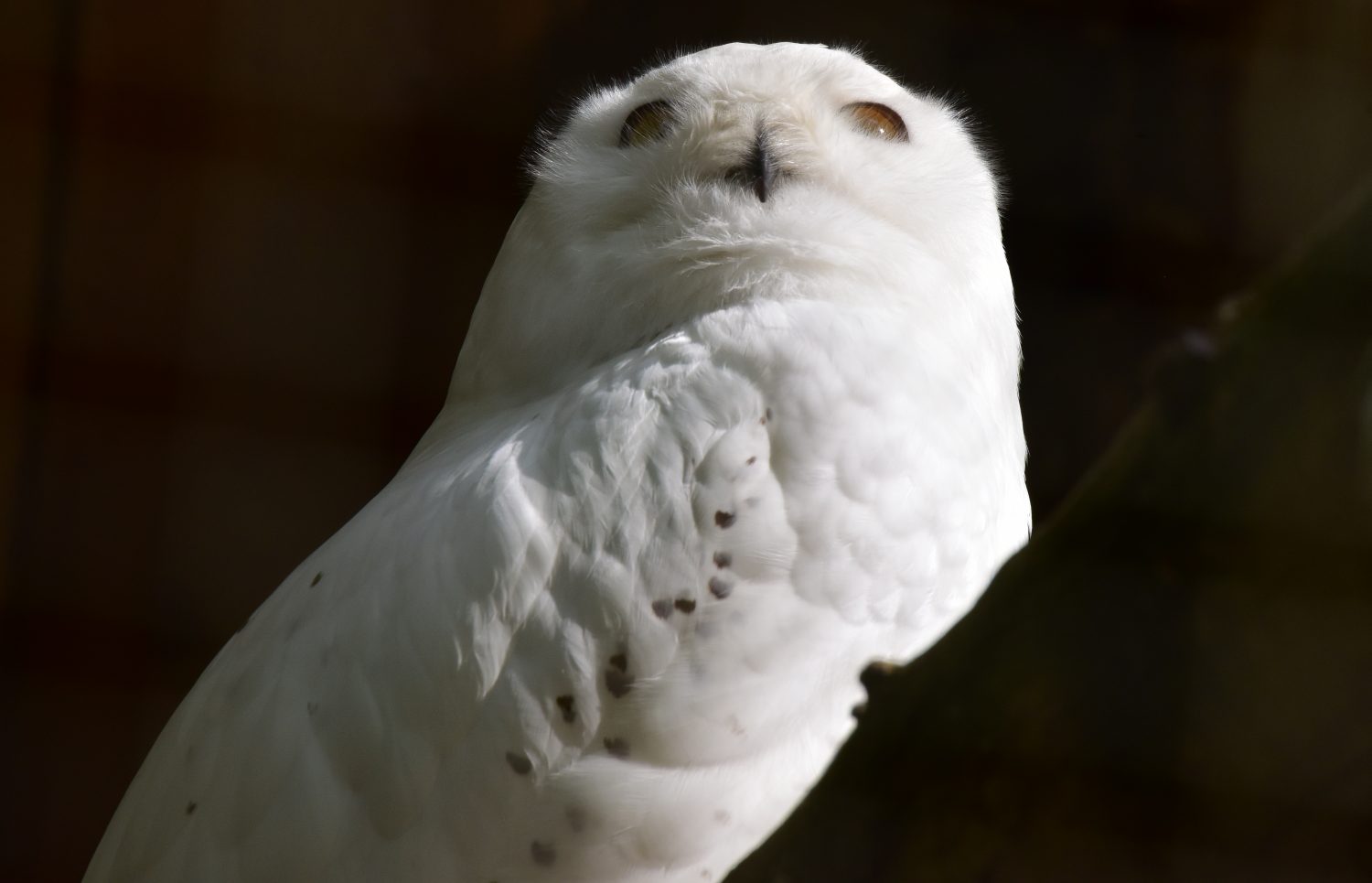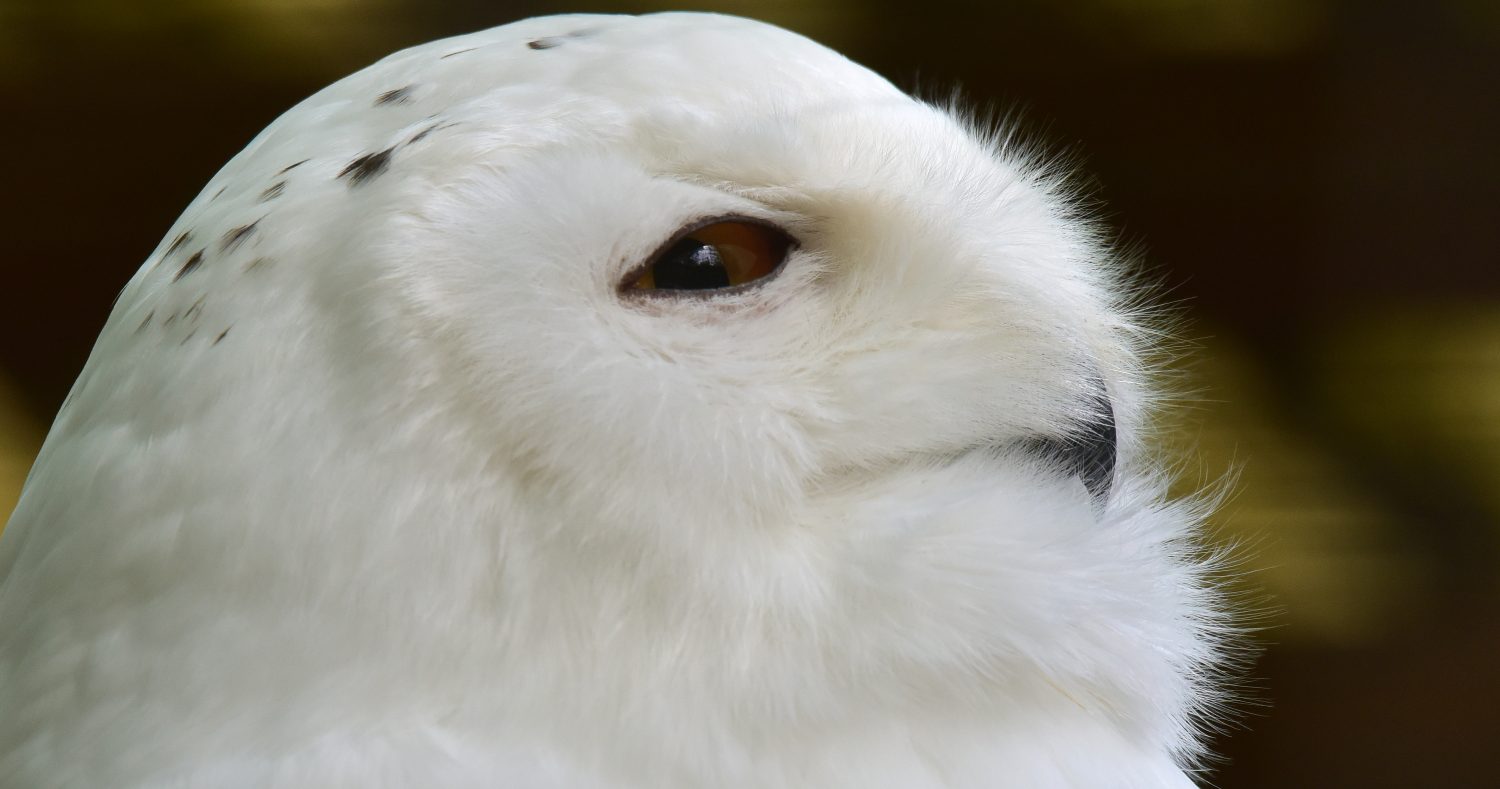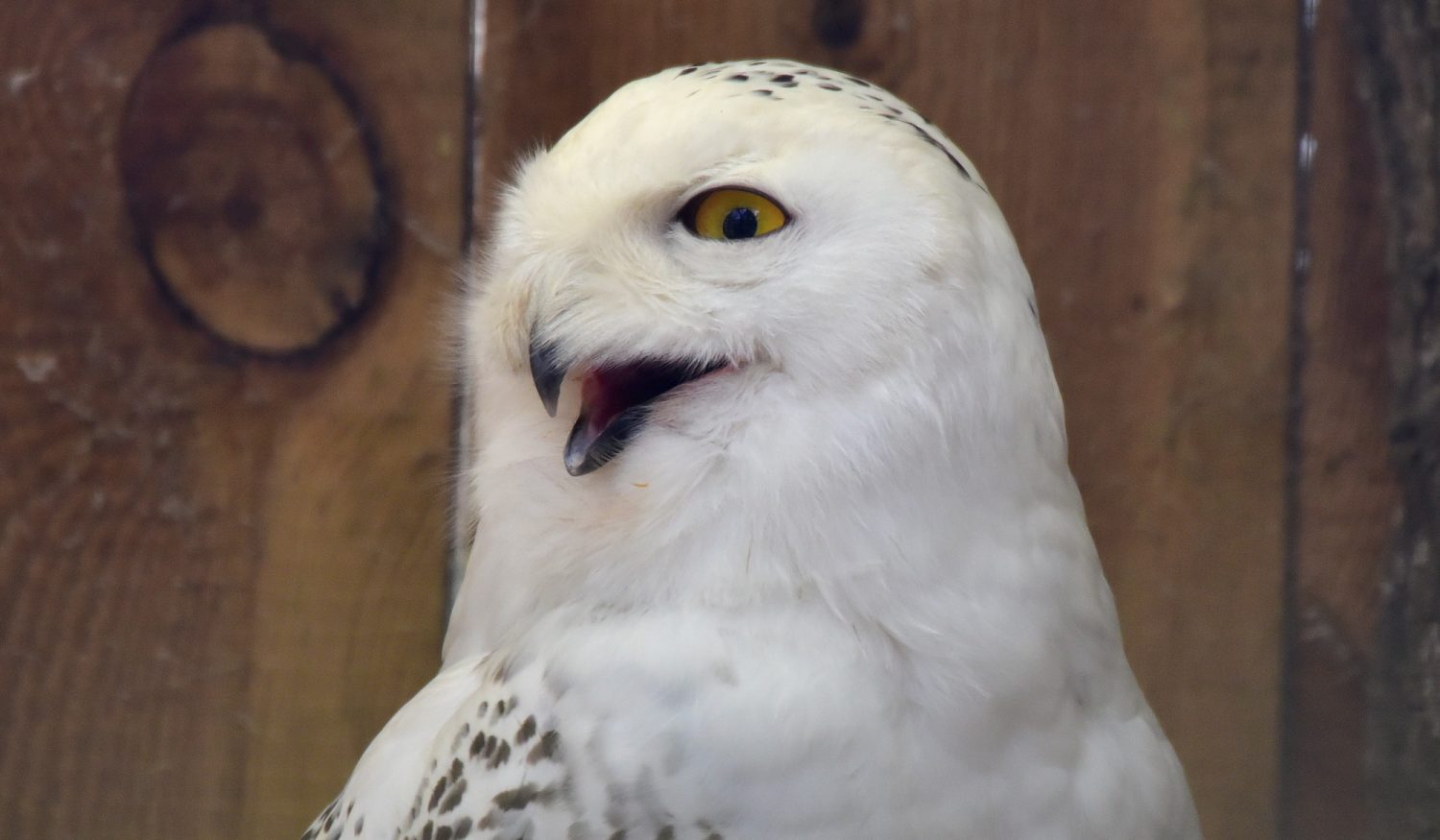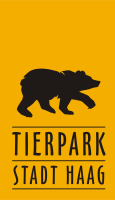Snowy Owl
Nyctea scandiaca
The snowy owl belongs to the eagle owls. The white plumage and the densely feathered feet and toes can be explained as an adaptation to the arctic habitat. The plumage of adult males becomes almost completely white, whereas females have dark spots and bands on the white plumage.
The head is round, the iris of the eyes are golden yellow. Owls can turn their head 270 degrees (!). Owls not only have good eyes, but also fantastic hearing. They brood in self-scratched hollows on the ground and are mainly active during the day. These arctic owls are annual birds and part-migrants, which migrate further south in winter when food is scarce. The snowy owl is the only species of owl that has the ability to store up to 800 g of body fat in summer to survive the Arctic winter.
This owl species is an endangered wild animal that is strictly protected.
Steckbrief
Herkunft:
Northern Europe, North Asia, North AmericaLebensraum:
open landscapes, taiga and tundraNahrung:
voles, lemmings, fish, beetles, snow hares, birds, amphibiansGewicht:
up to 2 kgGröße:
up to 73 cmErreichbares Alter:
in free nature up to 9 years, in zoos up to 30 yearsTierpaten Ehrentafel
- Nestle-Schöller, Wien
- Hartl-Heisan Daniela, Wien 22
- Simbürger Carina, Amstetten
- Firma Hermann Pfanner Getränke GmbH, Enns
- Kos Marc, Kematen an der Ybbs
- ‘Ben’:
Huber Inge, Linz - ‘Brigitte’, geschlüpft im April 2018:
Gutenbrunner Josef, Greinsfurth, Amstetten
Schlager Melanie, Randegg

